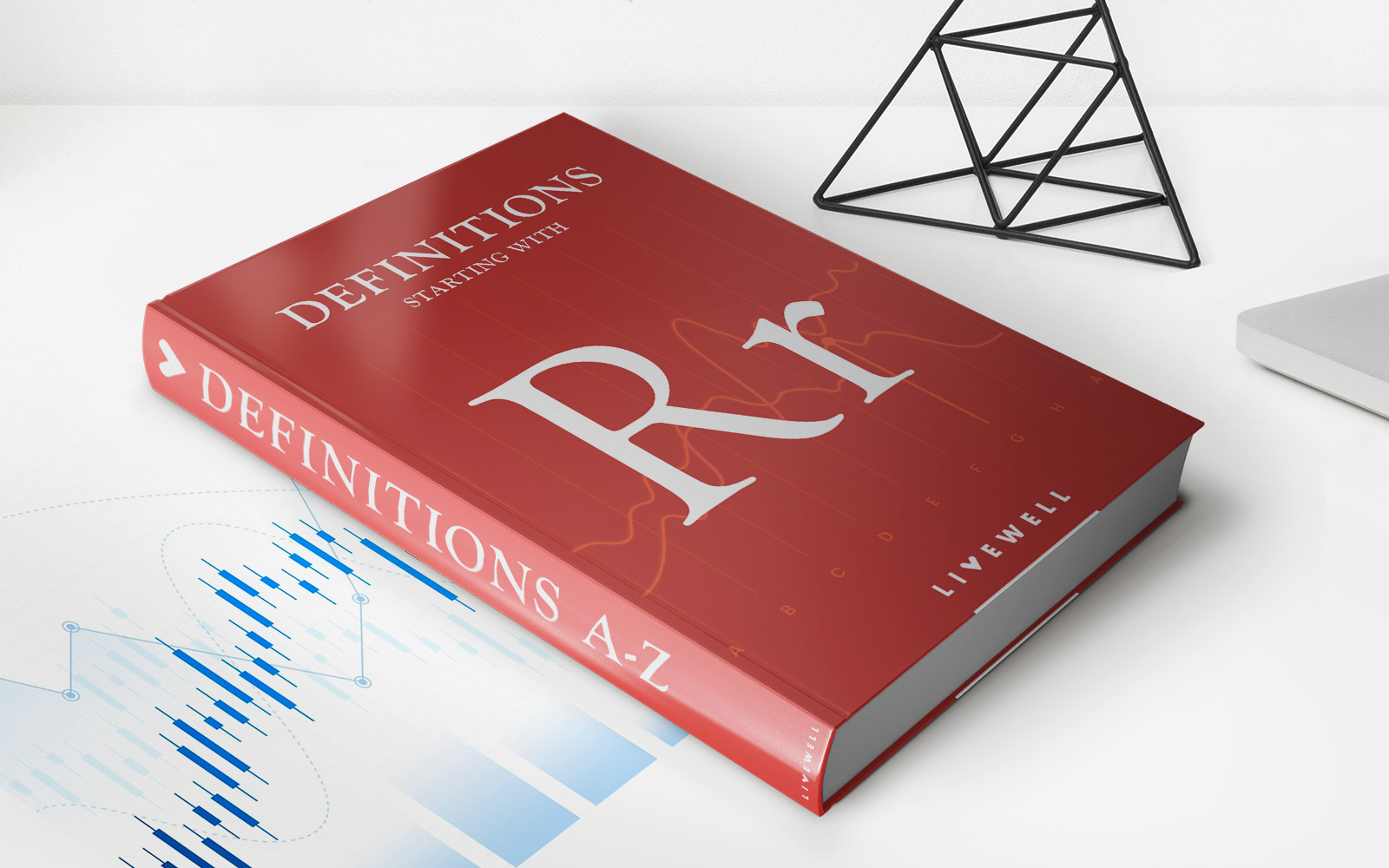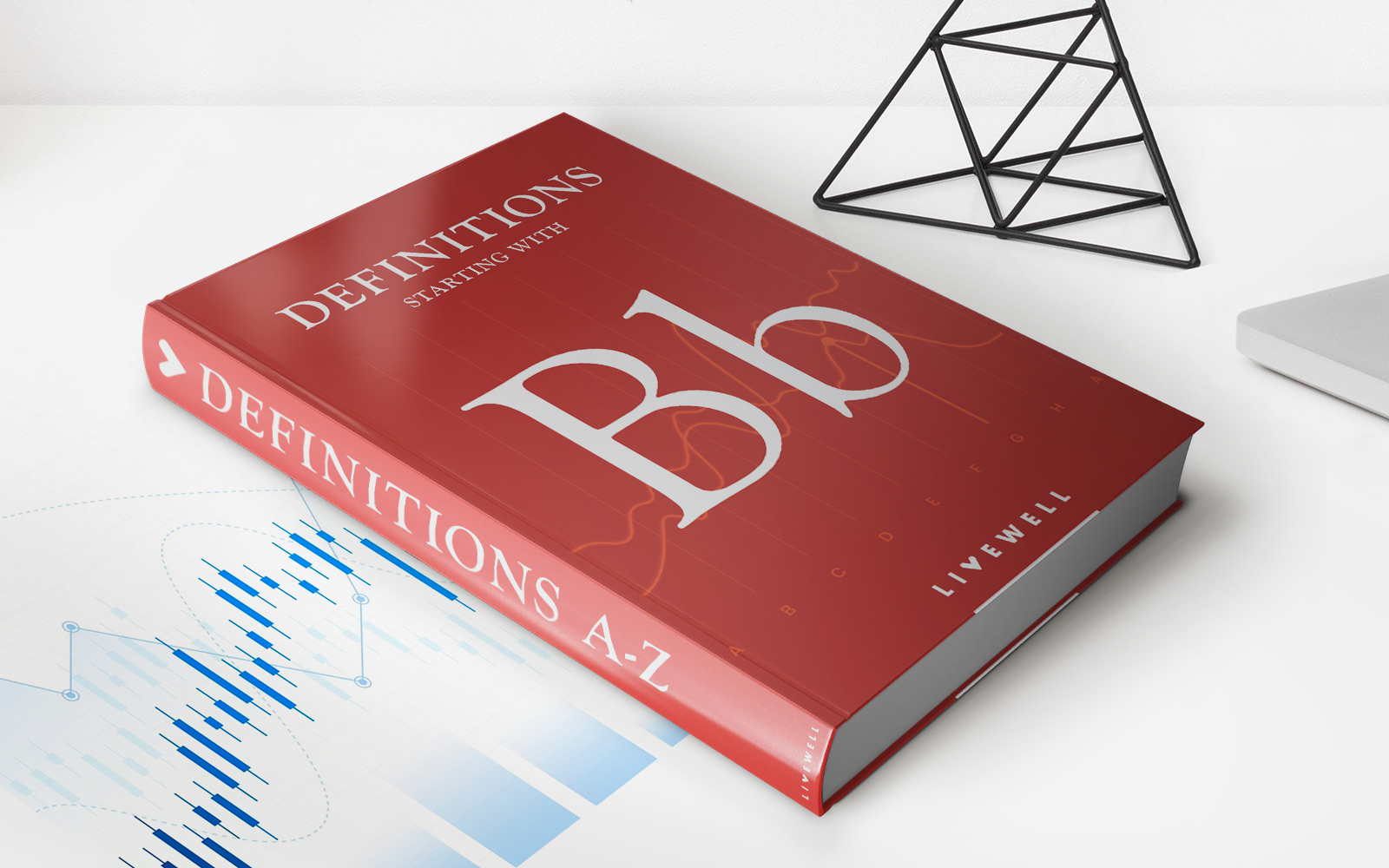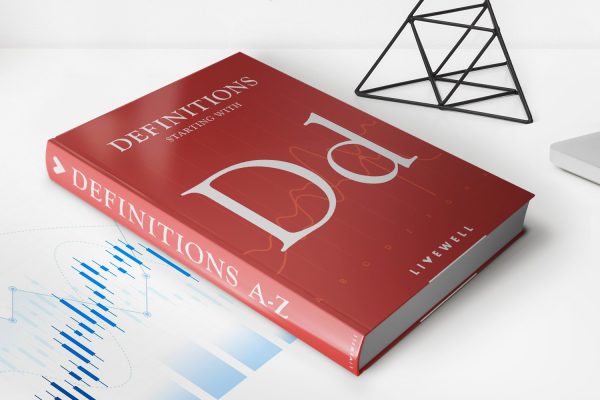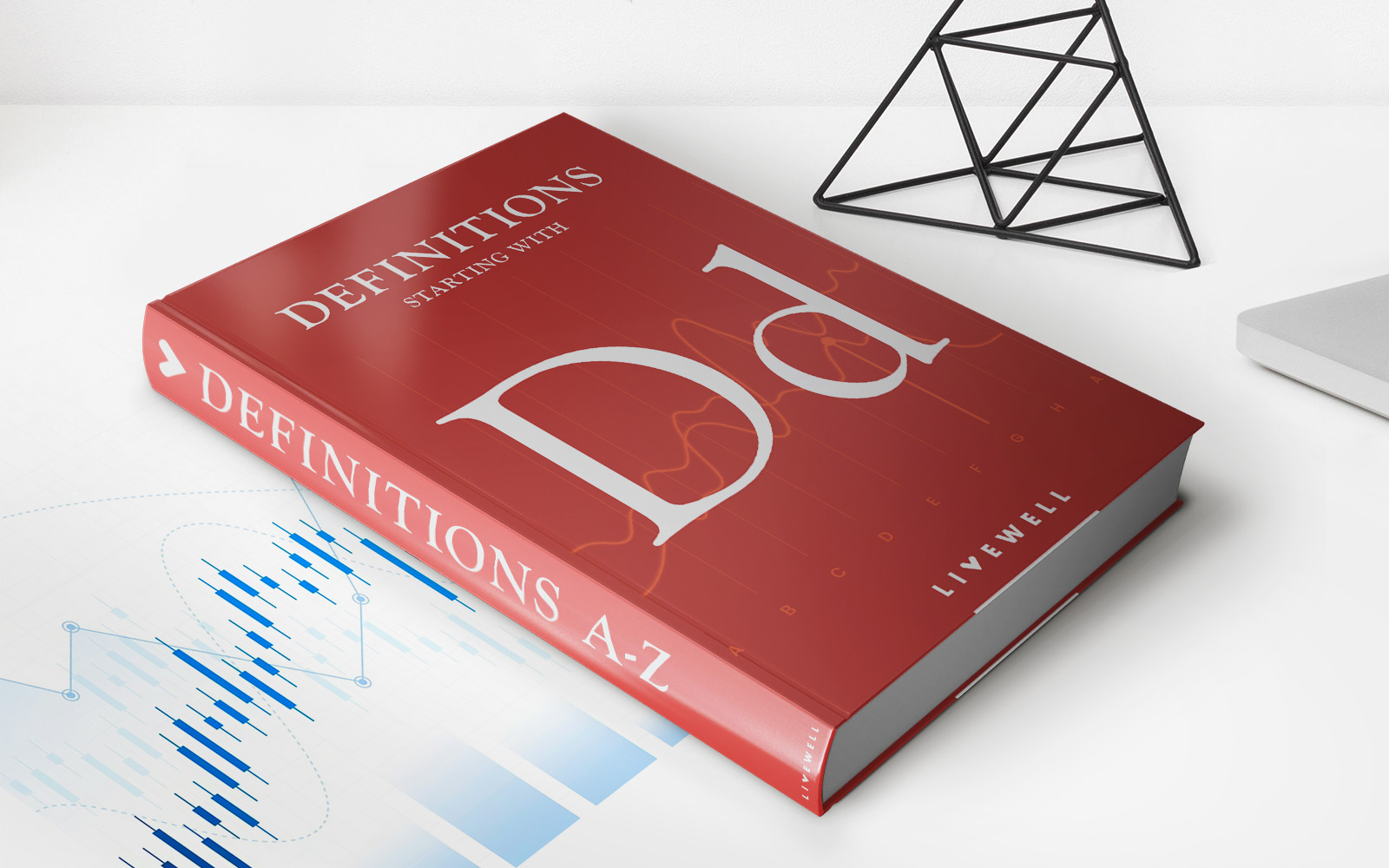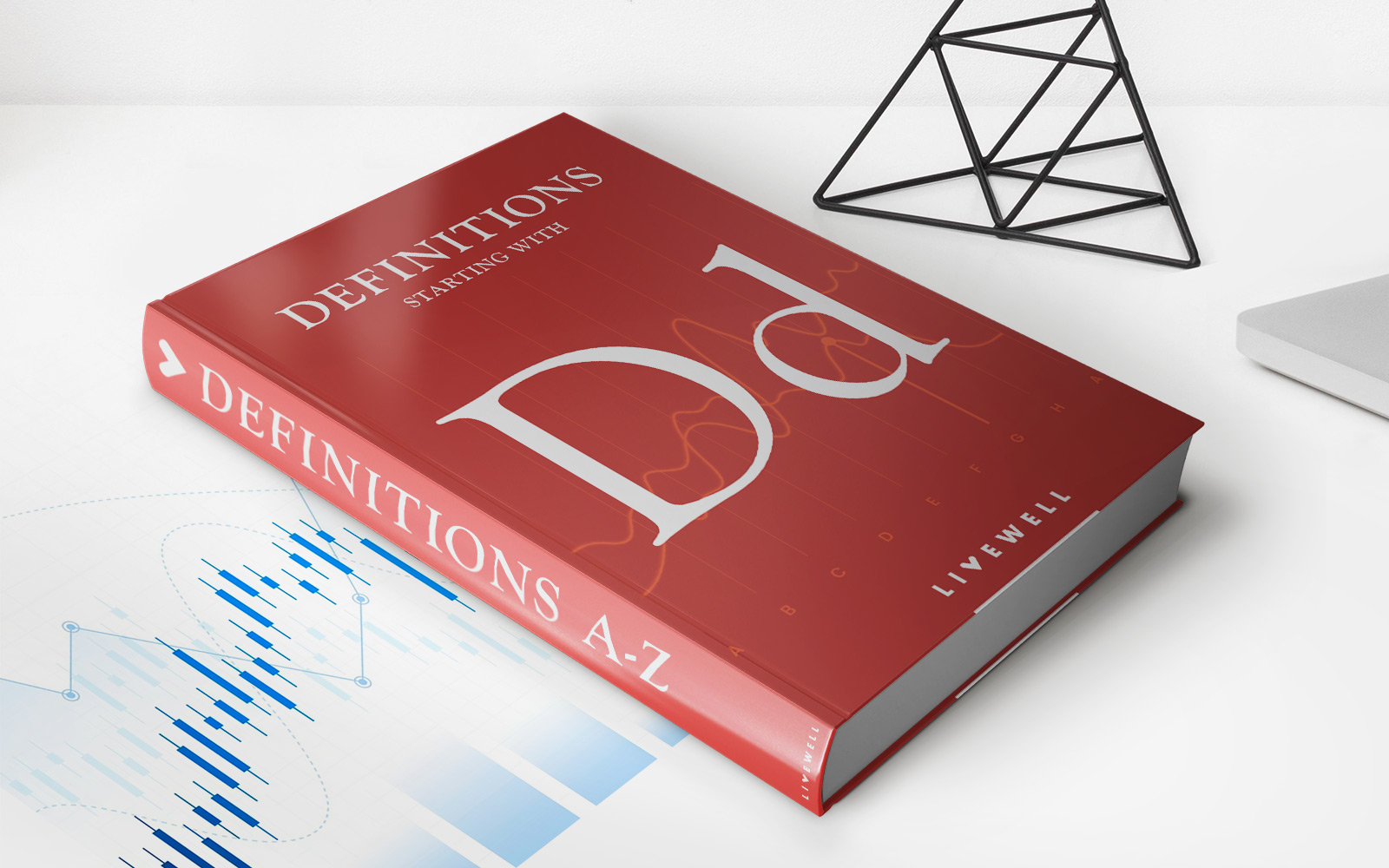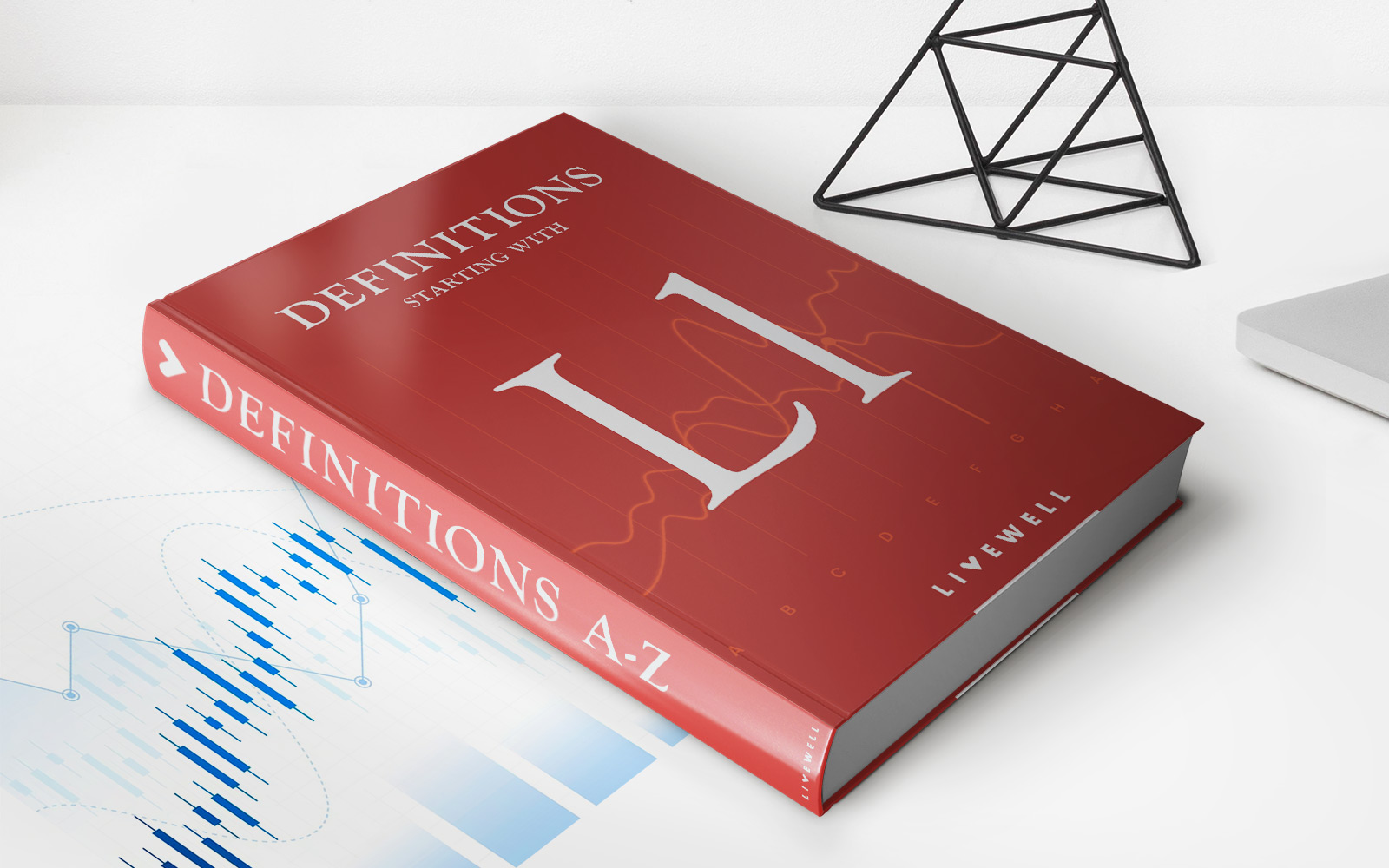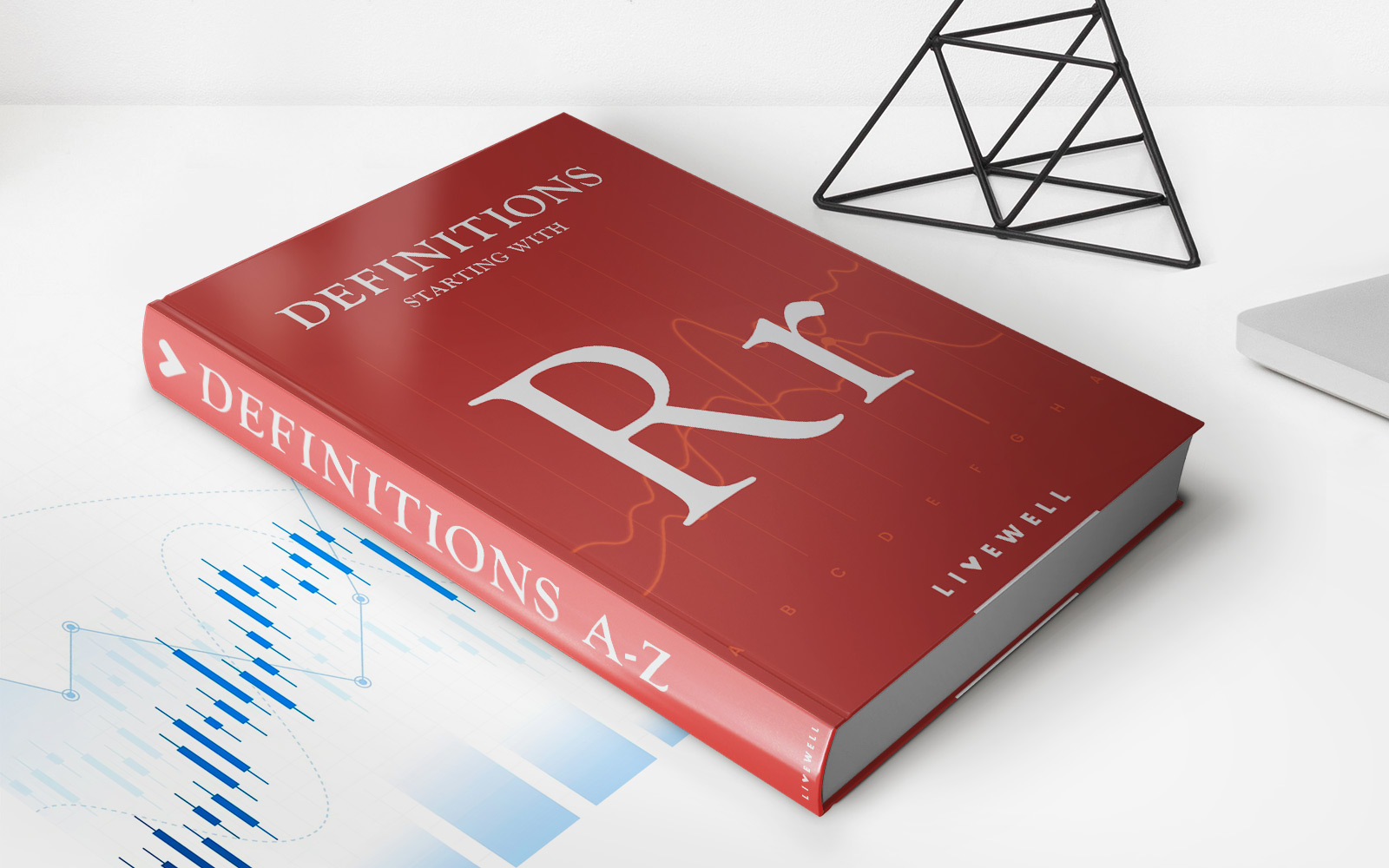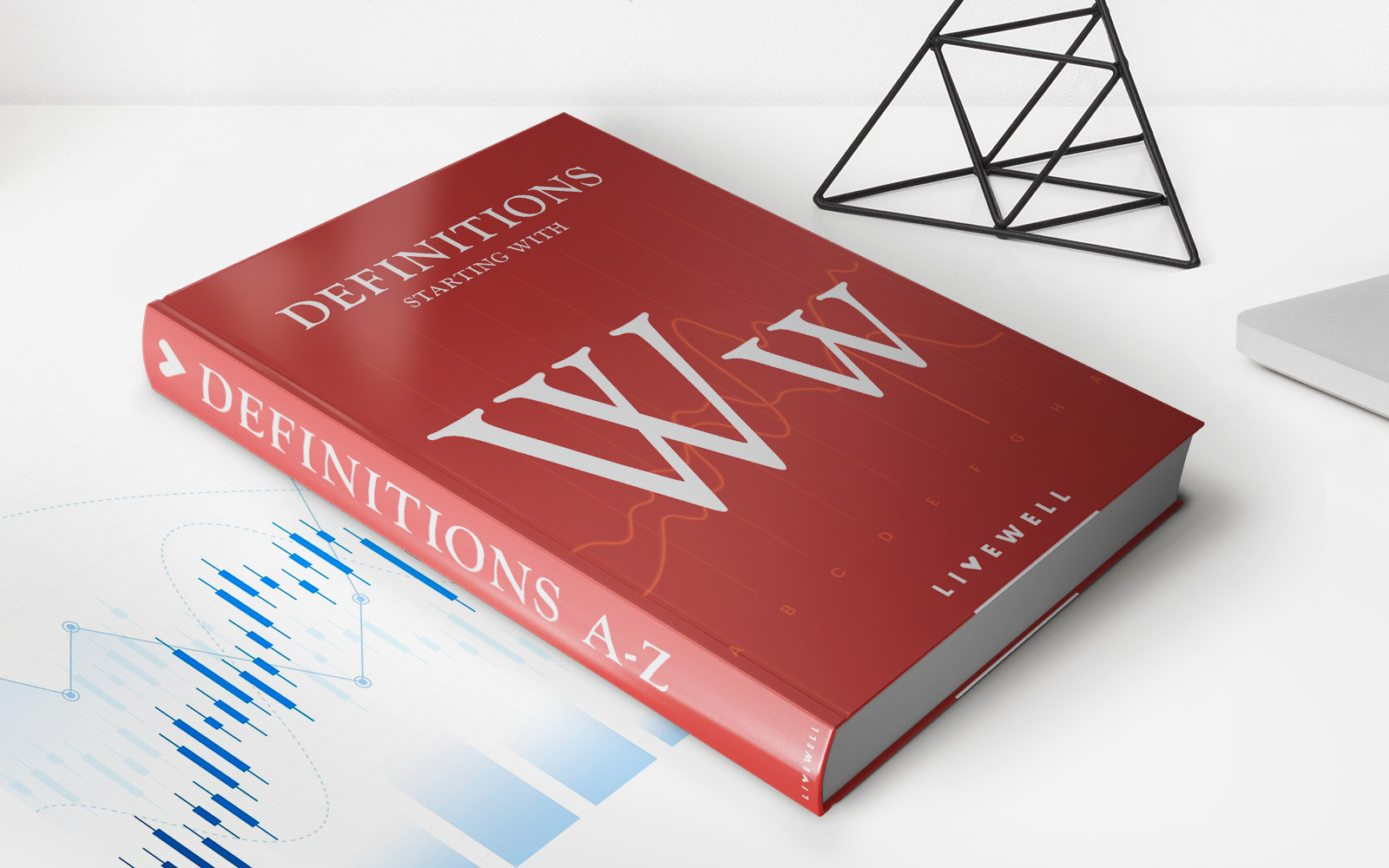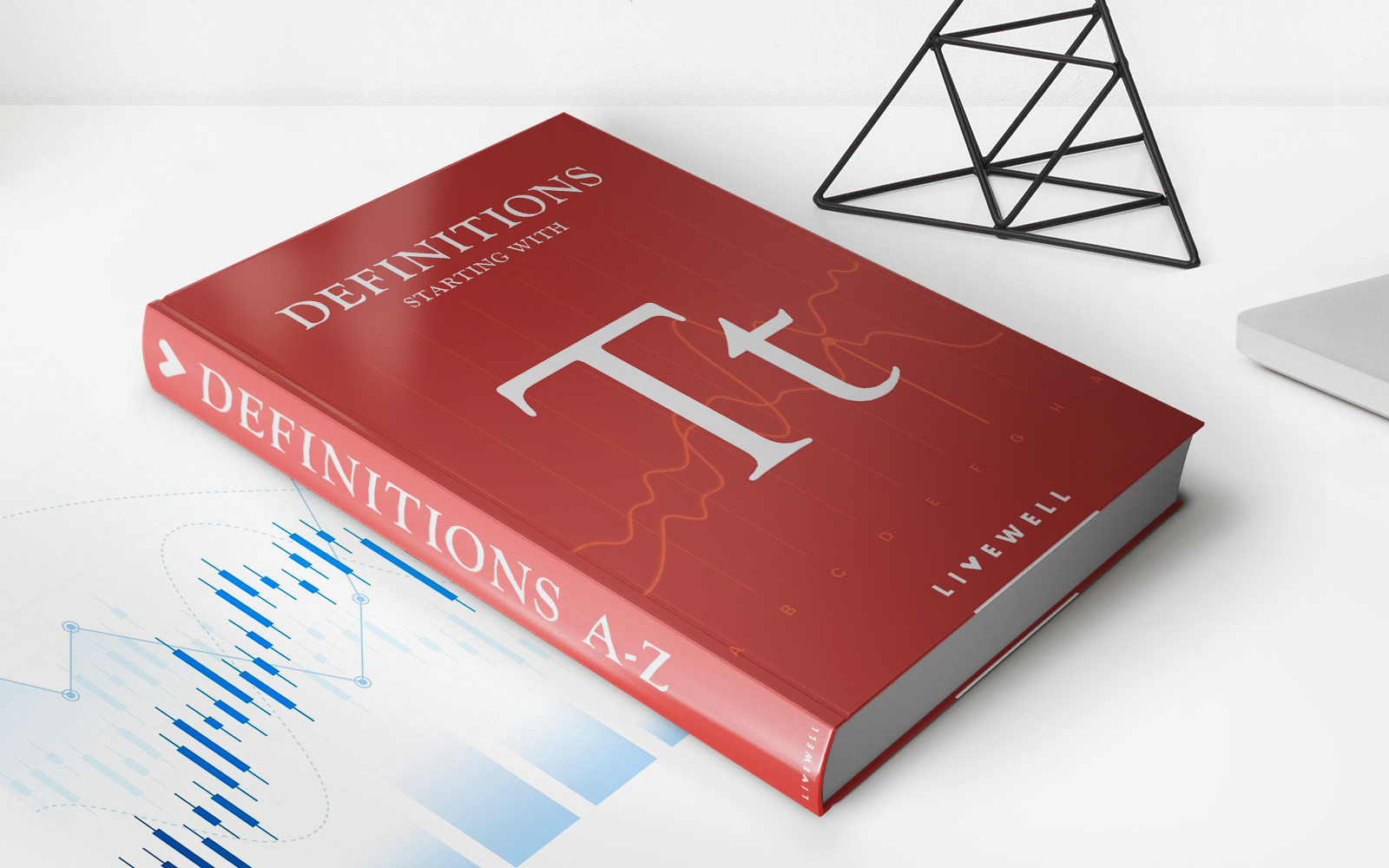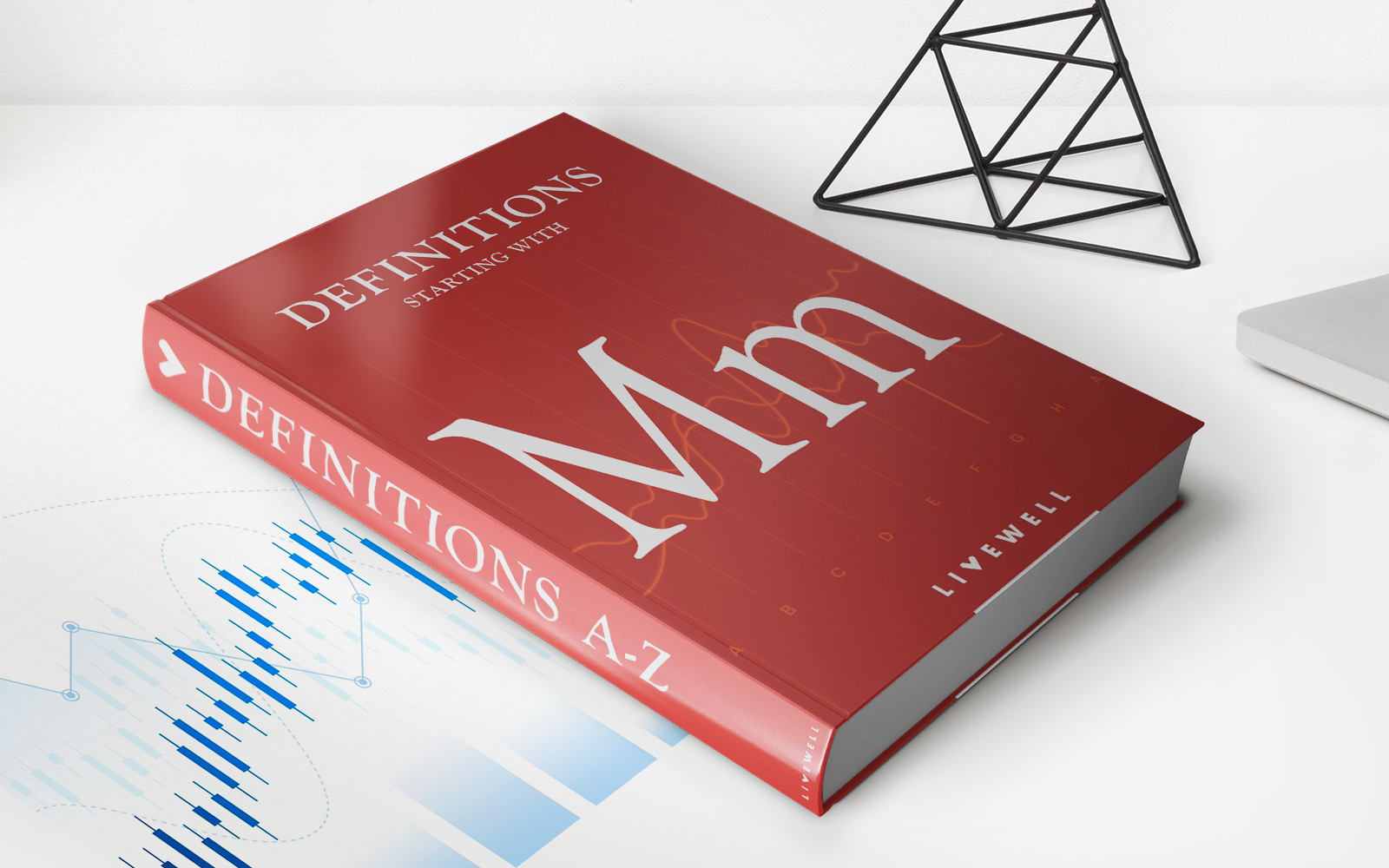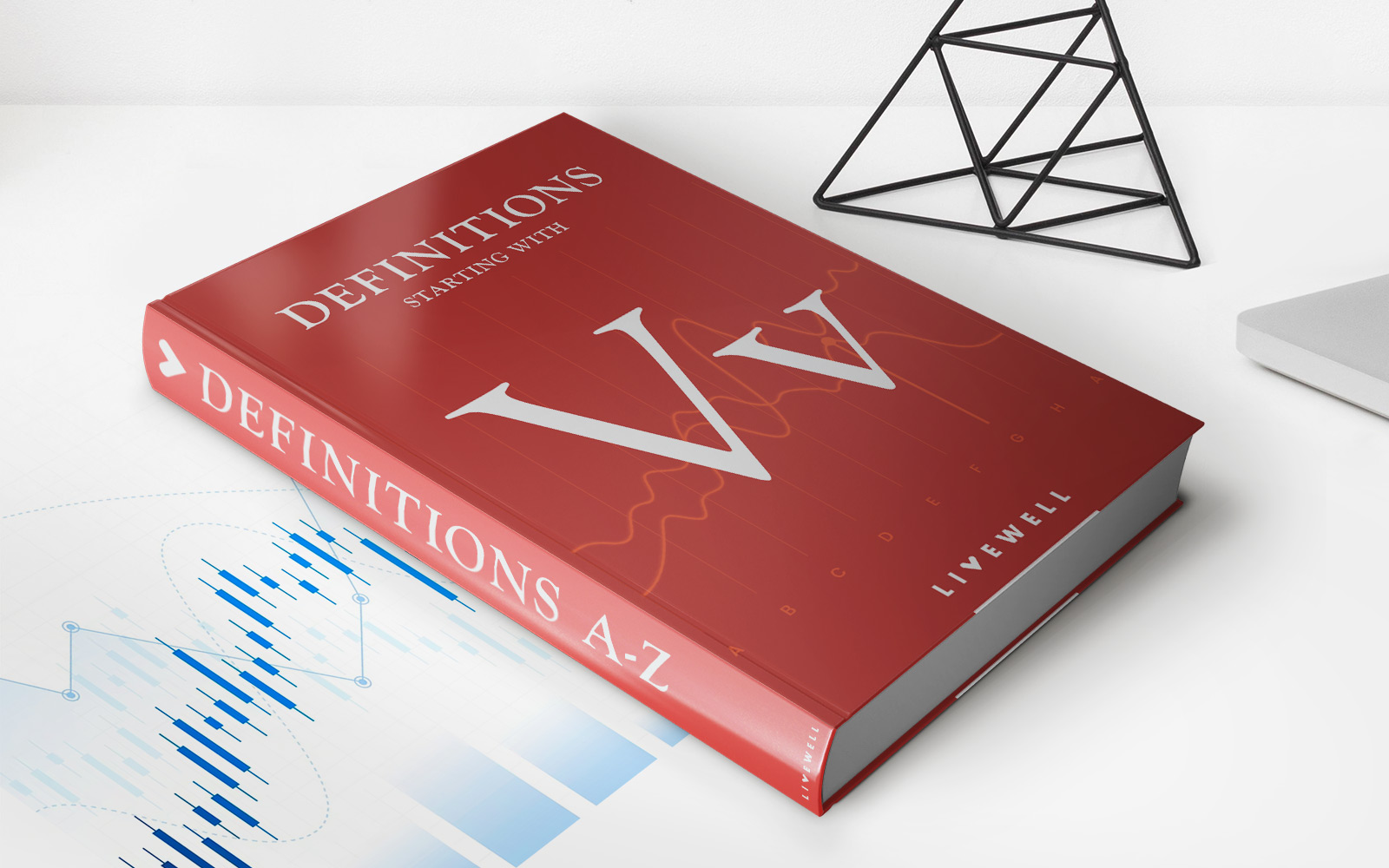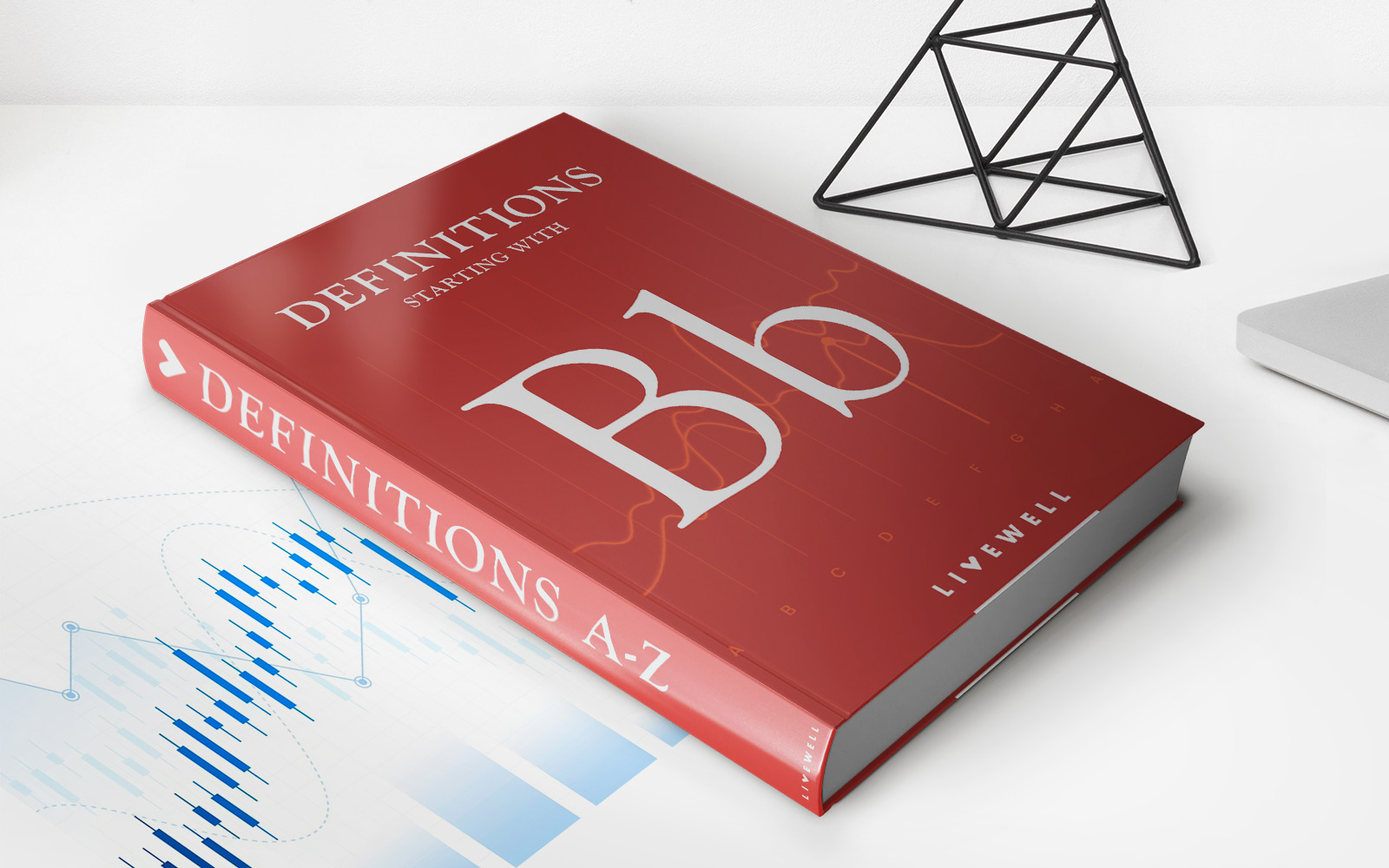

Finance
Bank Discount Basis Definition
Published: October 13, 2023
Learn the definition of bank discount basis in finance and understand how it impacts the calculation of discounts and interest rates. Elevate your financial knowledge today.
(Many of the links in this article redirect to a specific reviewed product. Your purchase of these products through affiliate links helps to generate commission for LiveWell, at no extra cost. Learn more)
Understanding Bank Discount Basis: A Definition and Guide
Welcome to our finance blog, where we aim to provide clear and concise information on various financial topics. In this post, we will be delving into the concept of the Bank Discount Basis. If you’ve ever come across this term and wondered what it meant, you’ve come to the right place. In this article, we will define the Bank Discount Basis and explore its significance in the financial world.
Key Takeaways:
- Bank Discount Basis is a method used to calculate the interest yield on short-term debt instruments, such as Treasury bills.
- In Bank Discount Basis, interest is calculated by discounting the face value of the instrument at the prevailing discount rate.
So, what exactly is Bank Discount Basis? To put it simply, it is a method used to calculate the interest yield on short-term debt instruments, such as Treasury bills. While these instruments are typically sold at a discount from their face value, interest is calculated using the Bank Discount Basis by discounting the face value at the prevailing discount rate.
This method of calculating interest may seem counterintuitive, as it does not involve using actual interest rates. However, it is widely used in financial markets for short-term debt instruments, particularly in the United States. The Bank Discount Basis allows for standardized calculations and simplifies the process of comparing different debt instruments.
When using the Bank Discount Basis, there are a few key components to consider:
- Face Value: This is the nominal value of the debt instrument, or the amount that will be repaid at maturity.
- Discount Rate: This is the rate at which the face value will be discounted to calculate the interest component.
- Discount Period: This is the period of time between the purchase date and the maturity date of the instrument.
Using these components, the interest earned on a short-term debt instrument can be calculated by subtracting the discounted purchase price from the face value. The result is the interest earned over the discount period.
So, why is understanding Bank Discount Basis important? Here are a couple of key takeaways:
- The Bank Discount Basis is commonly used in financial markets for short-term debt instruments, allowing for standardized calculations and easy comparison.
- Being familiar with the Bank Discount Basis can help investors and financial professionals accurately assess the interest yield on Treasury bills and other short-term debt instruments.
While the Bank Discount Basis may initially seem complex, it is a useful tool in the world of finance. By understanding this method of calculating interest yields, investors can make informed decisions and effectively evaluate potential investments.
We hope this article has provided you with a clear definition and understanding of the Bank Discount Basis. If you have any further questions or would like more information on other financial topics, we encourage you to explore our blog or reach out to our team of financial experts.
